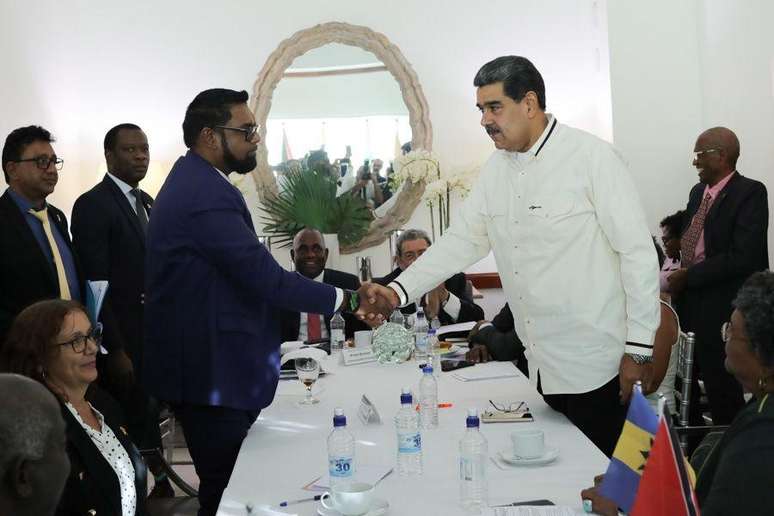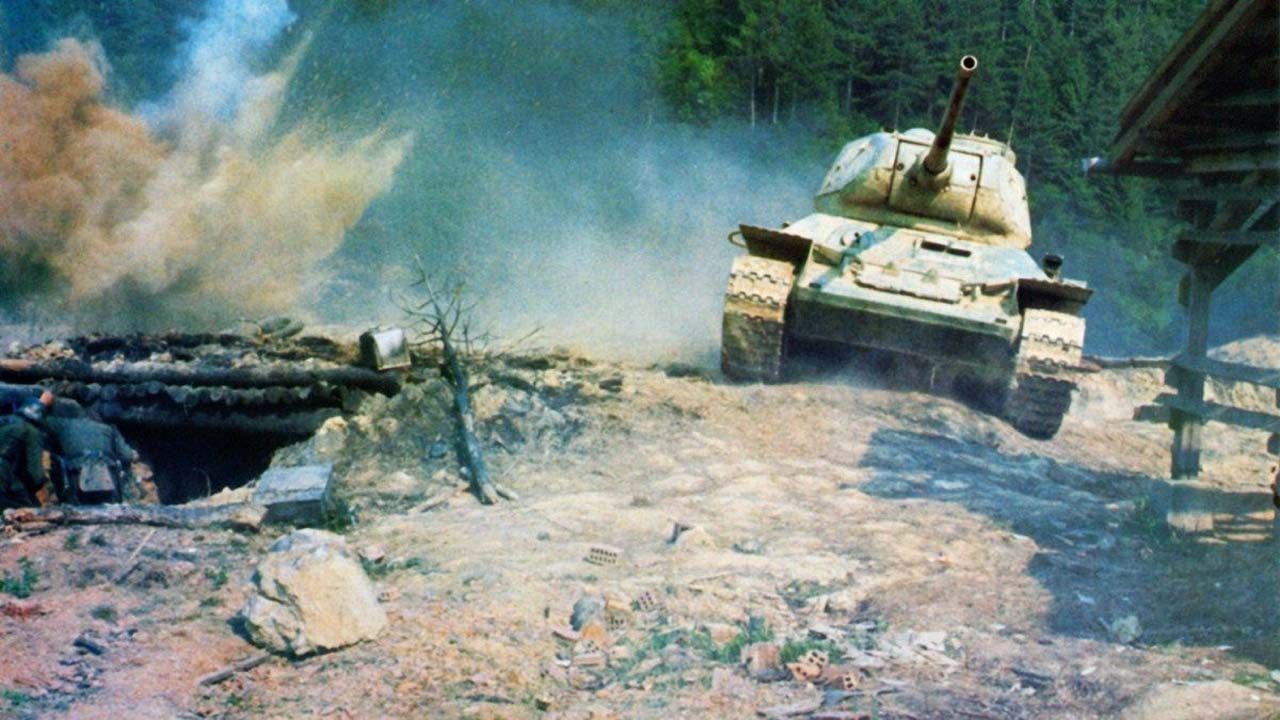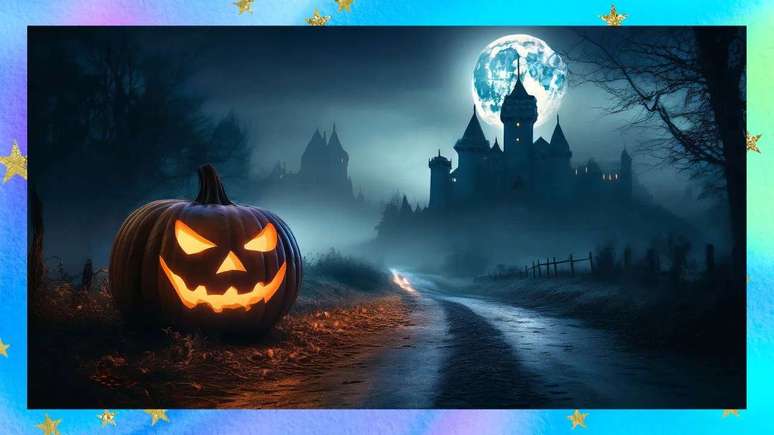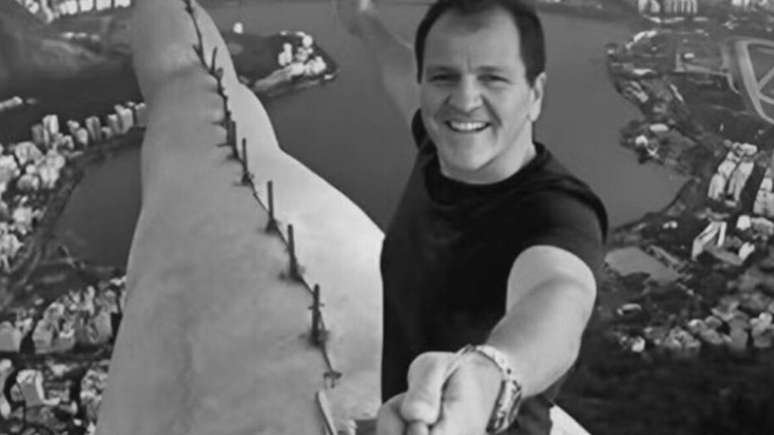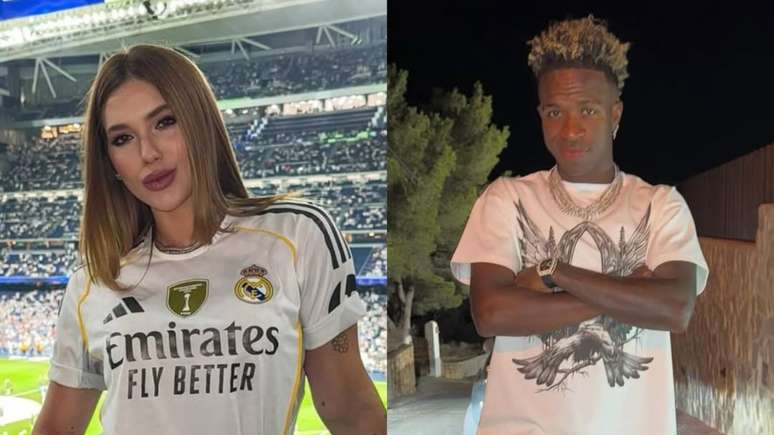In a statement released after the meeting, the presidents of both countries vowed to refrain from escalating the conflict in the disputed region.
The presidents of Venezuela, Nicolás Maduro, and Guyana, Mohamed Irfaan Ali, have vowed not to threaten or use force by one country against the other amid tensions surrounding the Essequibo region, an area disputed between the two countries for more than 150 years.
The promise is contained in the final statement of a meeting held by the two in Saint Vincent and the Grenadines this Thursday (14/12). In the statement, the two presidents also pledged to reduce tensions between the nations and agreed to continue discussing the issue at a meeting in Brazil in three months.
The meeting between the two was called by the Community of Latin American and Caribbean States (CELAC) and saw the participation of observers from the United Nations (UN) and countries such as Brazil. The Brazilian government’s envoy to the meeting was the special advisor to the Presidency of the Republic for international affairs, Celso Amorim.
The meeting between the delegations of Guyana and Venezuela began in the late morning and the final communiqué was released only around 10pm (Brasilia time).
In the three-page text, the two countries committed to:
- Do not threaten or use force against each other under any circumstances, including those arising from any existing disputes between the two countries;
- Resolve any disputes between the two countries in accordance with international law, including the Geneva Agreement, which concerns the Essequibo region and which was signed in 1966;
- Refrain, whether by word or action, from aggravating any conflict or disagreement between the two countries;
- Establish a joint commission of ministers and technicians from both countries to address the issue;
- Guyana and Venezuela, directly or indirectly, will not threaten or use force against each other under any circumstances;
- Meet in Brazil within the next three months or on another mutually agreed date to address matters relating to Essequibo.
The meeting between Maduro and Irfaan Ali was the most recent episode in the escalation of tension between the two countries over the Essequibo dispute.
After the meeting, Nicolás Maduro celebrated the result of the meeting.
“Excellent day of dialogue! […] We did it,” the Venezuelan president said on social media.
Irfaan Ali also chimed in on his goals after the match.
“I would like to thank our technical team, including all state agents, lawyers, diplomats and national, regional and international experts who supported us with their expertise in today’s challenge,” the President of Guyana said.
Earlier, during a press conference, Guyana’s president said he had made it clear to Maduro that his position was that the matter should be resolved by the International Court of Justice (ICJ), which is linked to the United Nations (UN).
“There is absolutely no possibility on the part of Guyana to ensure that this matter is decided by the International Court of Justice and that the outcome of this case is respected by all,” he said.
Before the meeting, Maduro had posted on his social networks that he had arrived in Saint Vincent and the Grenadines to defend Venezuela’s rights.
“We arrived in Saint Vincent and the Grenadines with the mandate of the Venezuelan people to move forward through dialogue and the word of peace, defending the rights of the people and our homeland,” Maduro posted on X (formerly Twitter).
Origin of the controversy
The Essequibo controversy is more than 150 years old. The region is 160 km², larger than the state of Ceará or the entire territory of England. The surface area is equivalent to two thirds of the territory of Guyana.
In the 19th century, Venezuela and the United Kingdom disputed borders between the South American country and what was then called British Guiana.
The matter was submitted to international arbitration and, in 1899, the Paris Arbitration Award ruled in favor of the United Kingdom. The current borders of Guyana were defined in this ruling.
But in 1949, documents from this trial were released and Venezuela began to argue that the arbitration process had not been impartial.
The country has since argued that the arbitration that defined Venezuela’s borders with Guyana should be considered null and void.
In 1966, when Guyana became independent, Venezuela and the United Kingdom signed an agreement that recognized Venezuela’s claims and stated that the countries would seek solutions to resolve the dispute peacefully, but the area continued to be occupied and administered by Guyana .
This controversy has been revived by Nicolás Maduro in recent years following the discovery of potentially gigantic oil reserves off the coast of Essequibo.
At least 11 billion barrels of oil have been discovered. The onset of oil exploration in the region caused an accelerated growth in Guyana’s gross domestic product (GDP).
According to the International Monetary Fund (IMF), GDP grew by 62% last year and is expected to reach 37% this year.
Increased tensions
Tensions around Essequibo have increased in recent weeks. On December 3, Venezuela held a referendum on the creation of a Venezuelan state in this disputed area and the “yes” vote won by a large majority, according to Venezuelan authorities.
Despite this, it is claimed that voter turnout in the referendum was low.
After the referendum, Nicolás Maduro announced the sending of a law for the creation of a Venezuelan state in the territory of Essequibo and also ordered the country’s state oil company, PDVSA, to create a special division to start research and oil exploration in the region. , considered an affront by the Government of Guyana.
In response, Guyana’s president stated that he would not give up the country’s sovereignty.
In an exclusive interview with BBC News Brasil and BBC News Mundo (BBC Spanish service), Irfaan Ali said he will do “whatever it takes” to defend itself from Venezuela and did not rule out opening a US military base in the country.
The tensions have left governments in the region worried. Earlier this month, the Brazilian government announced that it had increased the number of troops stationed on the border with Venezuela and Guyana in the state of Roraima.
The region is considered strategic in the event of an attempted military invasion by Venezuela on the territory of Essequibo.
Last week, President Luiz Inácio Lula da Silva (PT) offered Brazil and the Ministry of Foreign Affairs to mediate in the crisis.
Also last week, the governments of the United States and Guyana announced the holding of military exercises on Guyana’s soil.
On this occasion, the secretary of the US State Department, Antony Blinken, spoke by telephone with Irfaan Ali.
In a statement released by the organization, Blinken reiterated the United States’ “unwavering” support for Guyana and advocated for the Essequibo dispute to be resolved peacefully.
Source: Terra
Rose James is a Gossipify movie and series reviewer known for her in-depth analysis and unique perspective on the latest releases. With a background in film studies, she provides engaging and informative reviews, and keeps readers up to date with industry trends and emerging talents.

